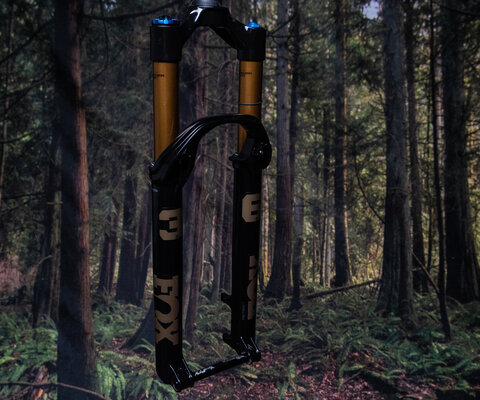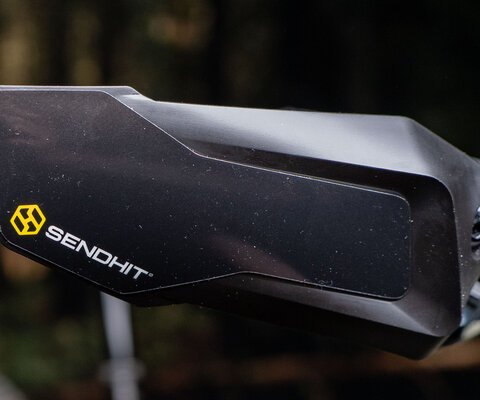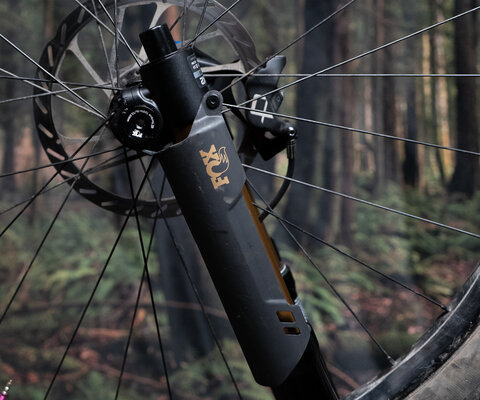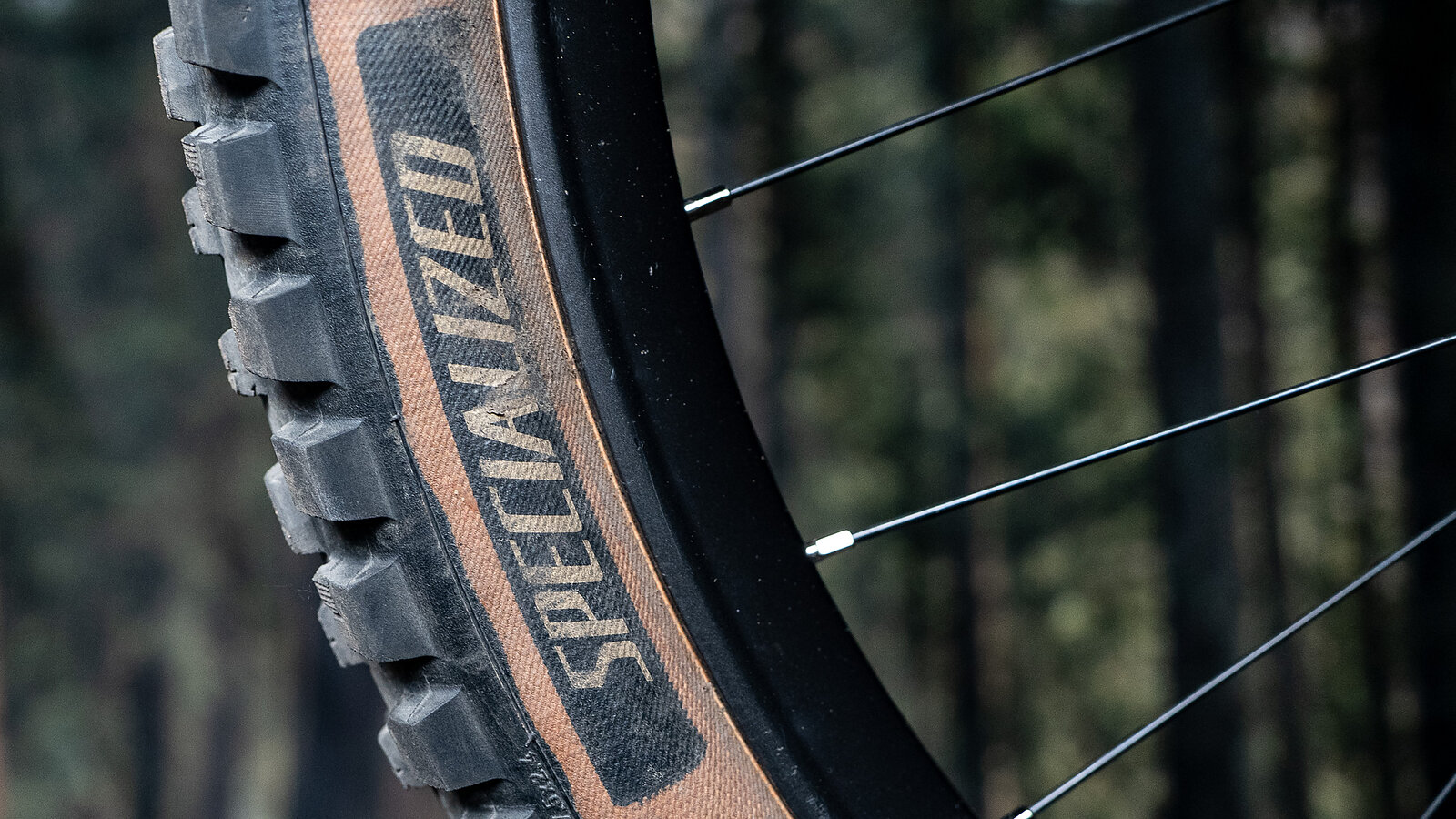
Long Term Review: Specialized Butcher and Eliminator Tires Better than good.
Words and Photos by Cy Whitling
Better than good.
When Specialized launched updated Butcher and Eliminator tread patterns back in March we published a review after a few weeks of riding. So if you’re looking for a breakdown of all their updates, and comparison photos to the outgoing models, that piece has you covered.
The short version is that Specialized says these new tires are 12% grippier than the previous patterns, and that upgraded grip has been accomplished via bigger, meatier tread blocks. They’re not quite at Cannibal levels of chunk, but they’re noticeably meaner looking than the previous Butcher and Eliminator.
In that intro piece I waxed lyrical about how cool it is that Specialized continues to invest in their tires. Mountain biking is better when every Specialized bike comes with good tires. Mountain biking is also better when you can buy $70 tires that perform as well as $110 ones.
So I published my review, and then I started swapping between review bikes shod with other rubber and my own personal Stumpjumper with the Butcher and Eliminator. And I found that I quite prefer these new tread patterns to a bunch of classically high-performing tires. So here’s a longer-term update after several hundred miles on everything from the sinuous roots of Bellingham to the dusty chutes of Kamloops.
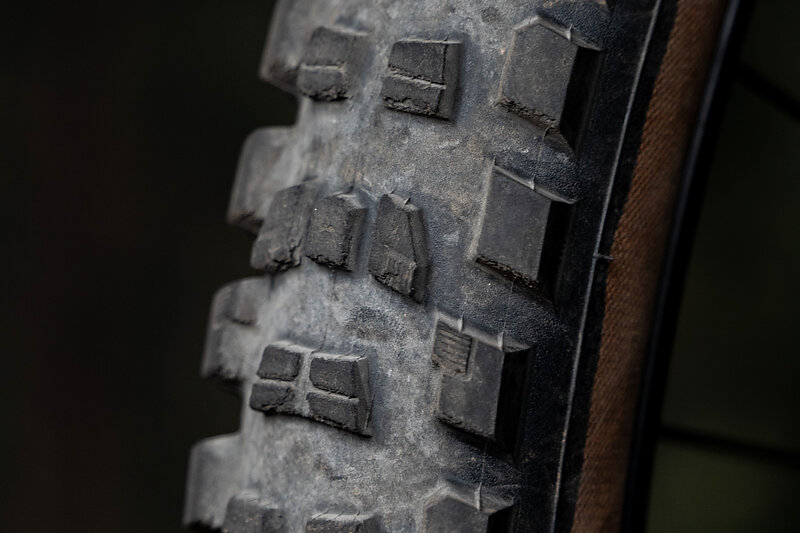
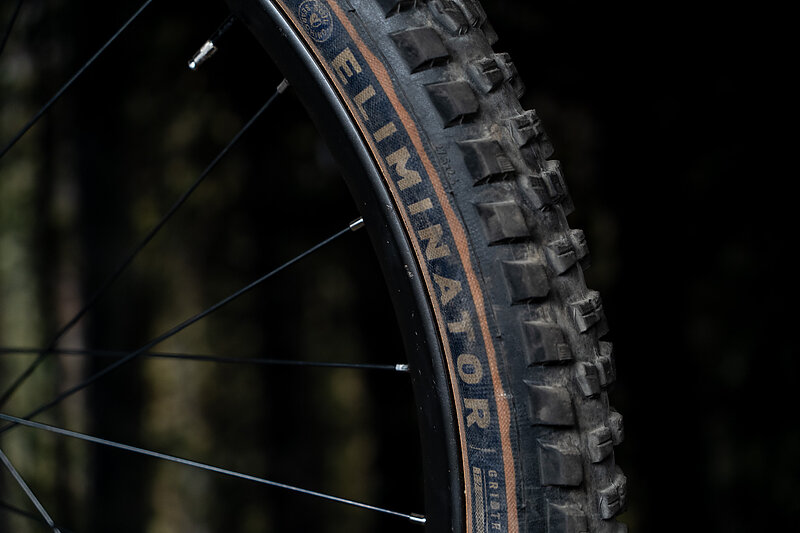
Long-term Performance
I’ve been running a 2.4” Butcher up front in Grid Trail casing and T9 compound, and a 2.4” Grid Trail T7 Eliminator in the rear. Pressures have ranged from 21-25 PSI in the front, and 24-28 PSI in the rear, depending on terrain. I’ve also been running dual DH Butchers on the Levo 4 Alloy.
The new Butcher is noticeably “meaner” in every way than the old one. It bites harder in corners, and handles heavy, committed cornering better. It also offers more braking traction before it starts to drift or break loose. It’s probably a little slower rolling than the old version, but after swapping back and forth, it’s close enough that it’s overshadowed by other factors like what I ate for lunch, and how hot it is outside.
Previously I was a fan of the Butcher on the front of trail bikes like the Stumpjumper, but with this new pattern I’d happily run it on the front of heavier-hitting longer-travel bikes as well. This is my current favorite front tire for rides where I don’t know what I’m getting into. It bites nicely at intermediate lean angles, and doesn’t have a scary transitional section, but when it really gets on edge it feels quite locked in - more so than the Maxxis Assegai. It also does a good job of balancing firm and loose performance. On trails with rock moves into blown out chutes it’s been cool to feel how well it grips on smooth stone, without feeling scary in the deep duff run out.
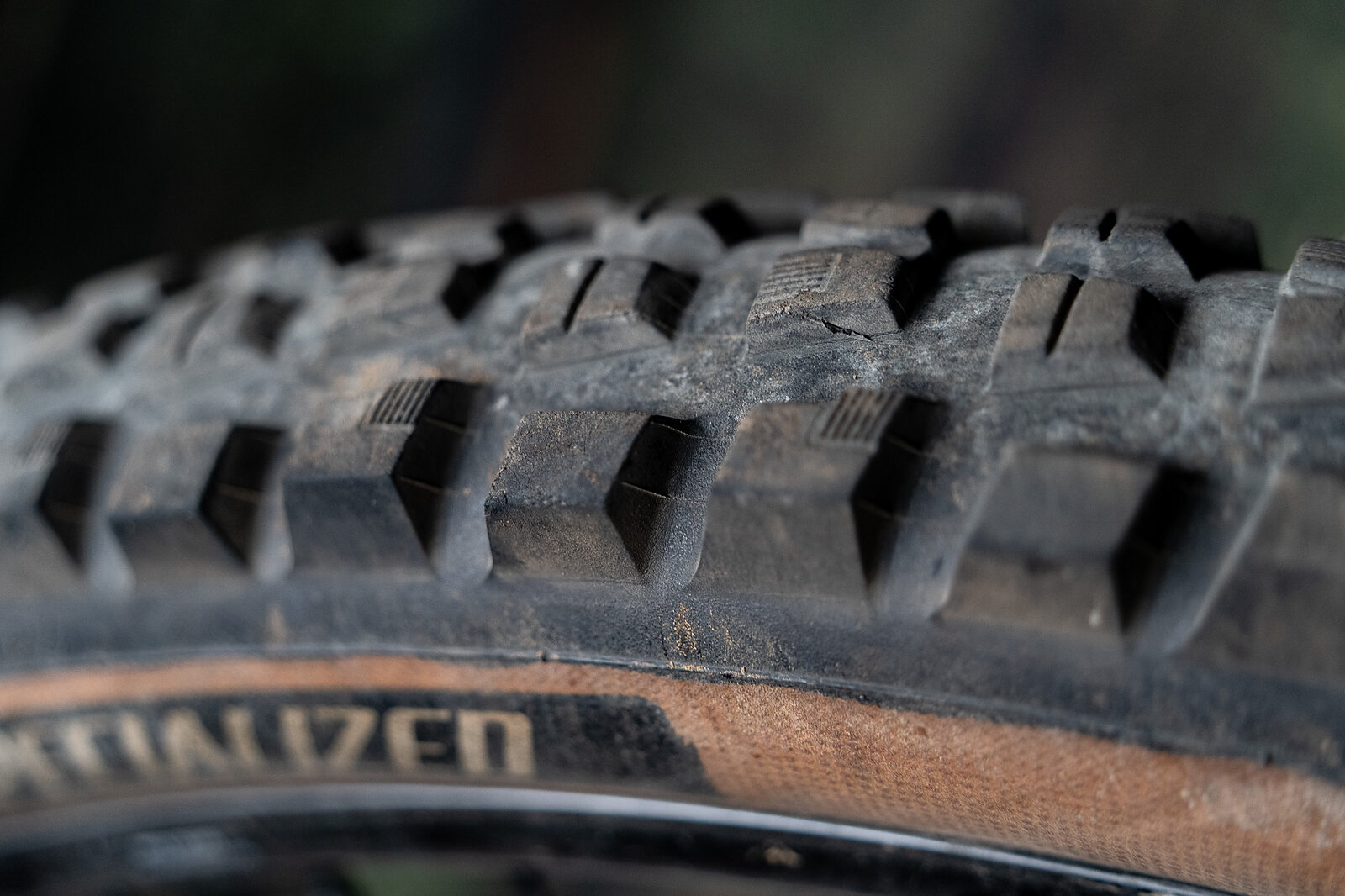
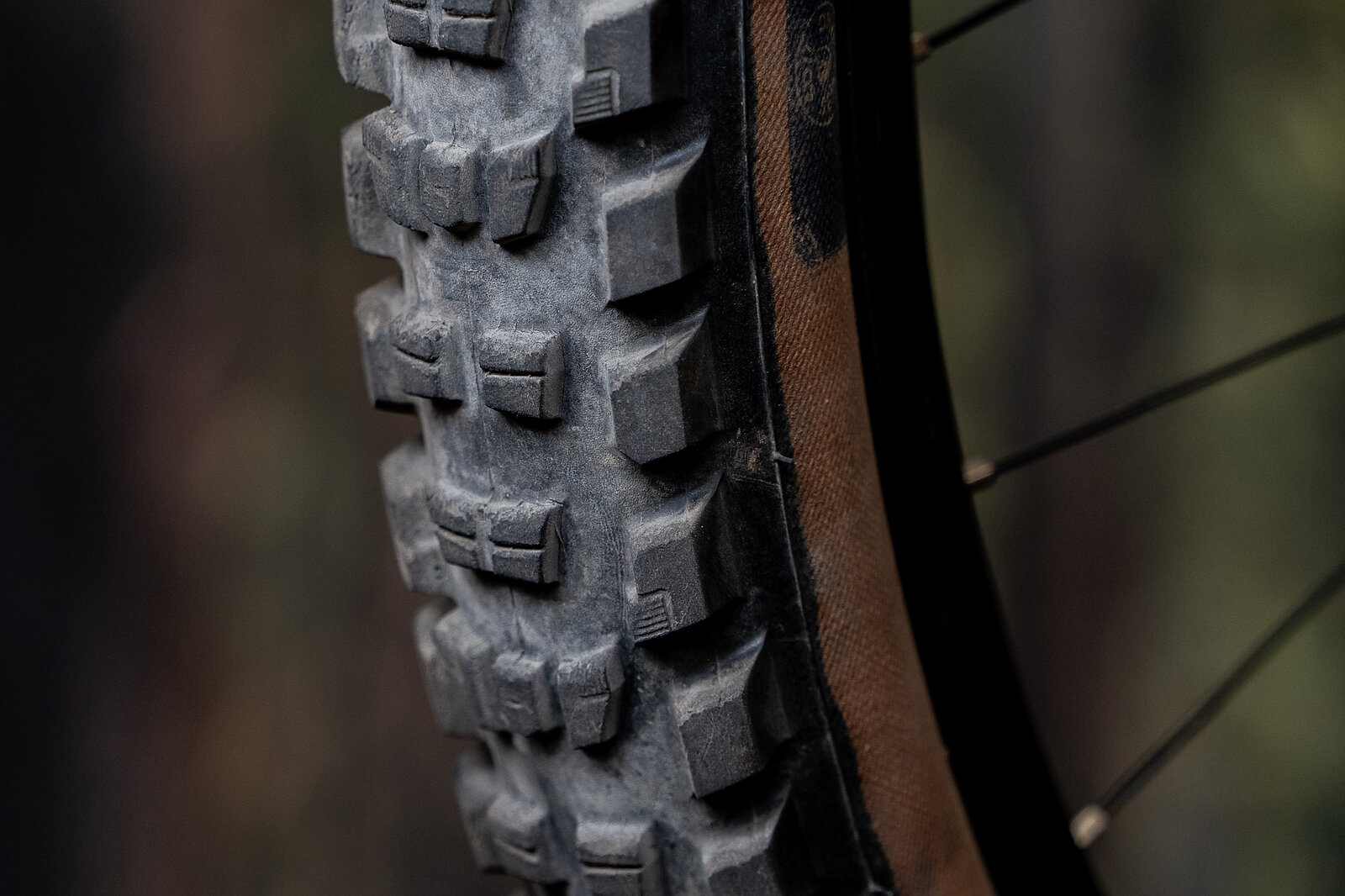
The previous Eliminator was a fine tire for plenty of places. But in the PNW, I usually defaulted to running another Butcher in the rear instead. It just didn’t deliver the kind of braking traction that 200 pounds of uncoordinated man meat making poor decisions on steep trails needs. I consistently found myself skidding, fully locked up, hoping the catch berm would hold. And when I did hit that berm, the old Eliminator’s cornering knobs left plenty to be desired. Luckily the new version delivers a night and day difference.
The new Eliminator delivers a much more confidence-inspiring ride. It both brakes better, and breaks free more consistently, and in a more controlled fashion than the previous version. I was content running the old Eliminator on the back of XC or light trail bikes, but for anything with more than 140 millimeters of travel, I’d always bump up to a Butcher. Now I’m happy running the Eliminator on the back of a 160 millimeter bike.
That said, the rolling resistance trade-off with the Eliminator is more pronounced than with the Butcher. This new version definitely isn’t as spritely and efficient. If that’s your primary concern you’ll probably be better served by a Purgatory, Slaughter, or Ground Control. Some folks will mourn the demise of the more light-XC previous Eliminator, but Specialized still covers that range very well with other tread patterns.
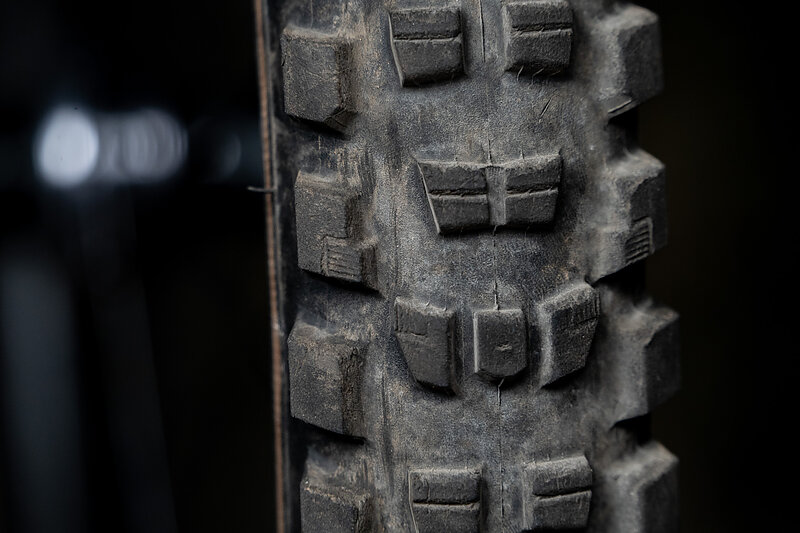
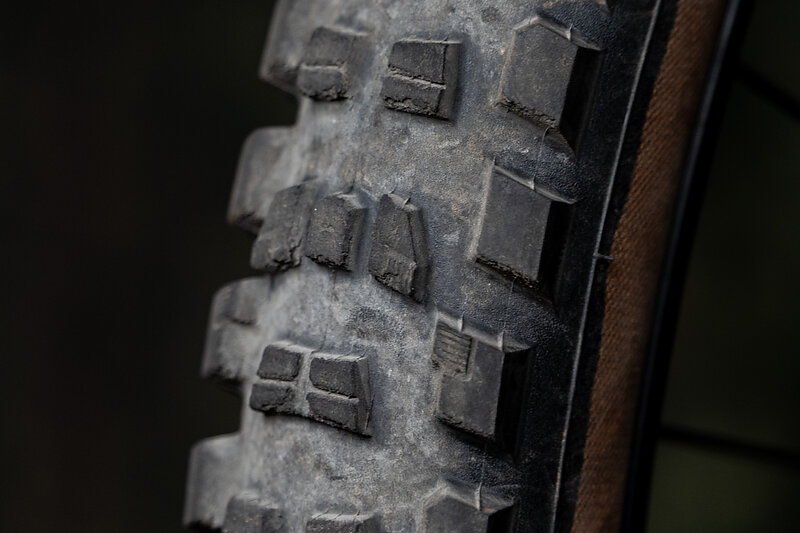
Durability
It’s no secret that some riders had issues with previous generation Specialized tires losing knobs prematurely. I’ve personally de-knobbed a Butcher or two in my day. And while my sample size is only N=2, I’ve had very good luck with durability so far.
If I had to guess, I’d say I’ve put 20-30 miles per week on this set of Butcher+Eliminator, so somewhere in the realm of 400 miles of riding over the last four months. In that time I haven’t had any durability issues. You can see from the photos in this piece that the knobs, especially on the rear, are starting to wear and round out, but none of the knobs have started to lift or separate. It sure feels like these larger, better-supported knobs are holding up nicely.
For Now
My initial stint on the new Butcher and Eliminator left me convinced that they were certainly “good” tires. But after four months it’s hard not to call them great. I don’t notice them, I don’t think about them, I don’t find myself staring down a move and wondering if my tires can handle it. I just ride my bike, and the tires have my back. That’s a compelling experience, at an affordable price.
Learn more: Specialized
